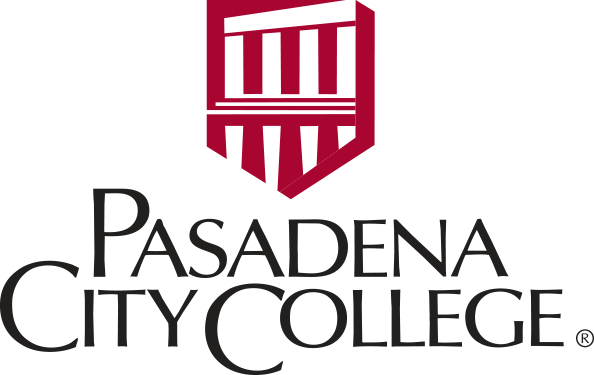By Mike Ward Publisher: U.S. Bank – Posted on 03/08/2013 Posted In: Money
When a small business has a nice uptick in sales it is usually cause for celebration. Those sales need to be produced, stored, delivered and collected, which can also generate some significant cash flow needs. The needs from higher sales can come in four areas:
- Inventory: either raw materials or just more goods on hand
- Receivables: higher levels than normal that won’t be collected for 30+ days
- Accruals: Items like payroll or utility bills that run higher than normal to support more sales
- Assets: if the extra sales require new equipment or space
How do you find the cash flow to cover these sales growth driven needs? There are at least five areas to consider:
1. Vendors: Can you negotiate longer terms, even if it is just for the large orders you are experiencing? Your higher sales mean more sales for your vendors as well, so it is worth discussing if they can partner with you.
2. Client Deposits: If the sales are important enough for your clients they may help fund their production in the form of an upfront deposit, especially if the orders are more specialized in nature. This is an option to see if you can negotiate.
3. Client collections: Just getting the payments faster by using your bank’s ACH service or a product to scan and send checks electronically could lower financing needs by a day or two.
4. Accruals: This is harder to do, but if you have the ability to accrue items longer this can provide cash flow. Items like paying payroll bi-weekly instead of weekly fit here.
5. Financing: Utilize your bank for working capital financing.
This last one is where small business owners often start. While that is likely where you may end up, checking if the other areas can generate at least some of your cash flow needs is worth the exercise. Before considering bank financing for sales growth, consider the following:
- Will this be short term growth? If it is then using a line of credit makes sense. A good test is to consider if you will be able to bring the line down to a zero balance sometime during the year. If not, your sales growth is more permanent in nature as is your financing need.
- What impact does permanent financing have? Permanent financing involves taking the higher increased levels of inventory and receivables and terming them out in a traditional loan over a few years. Your banker and accountant can help determine if this is the correct structure and how much of your growth is permanent and should not sit on a line of credit.
- Are your assets tying up cash flow? Many small businesses use up valuable cash flow by paying cash for equipment / real estate, or worse – tie up their line of credit with them. These longer term needs should be put on a term loan to keep short term cash flow strong.
Thinking ahead and working with your banker, accountant and other advisors can insure that sales growth is a celebration and that cash flow worries don’t slow your firm’s ability to add more clients.
See more blogs from U.S. Bank: click here





